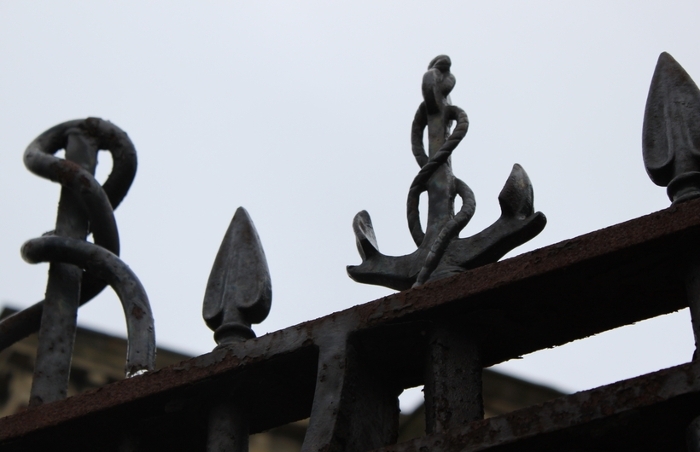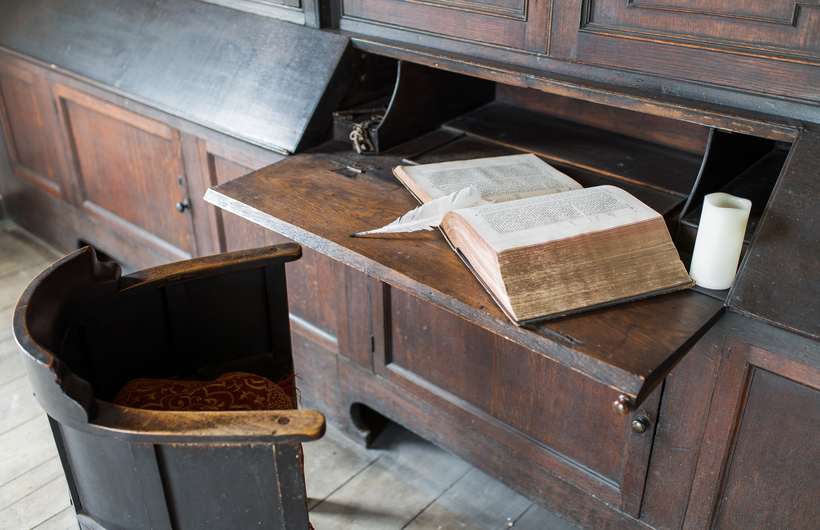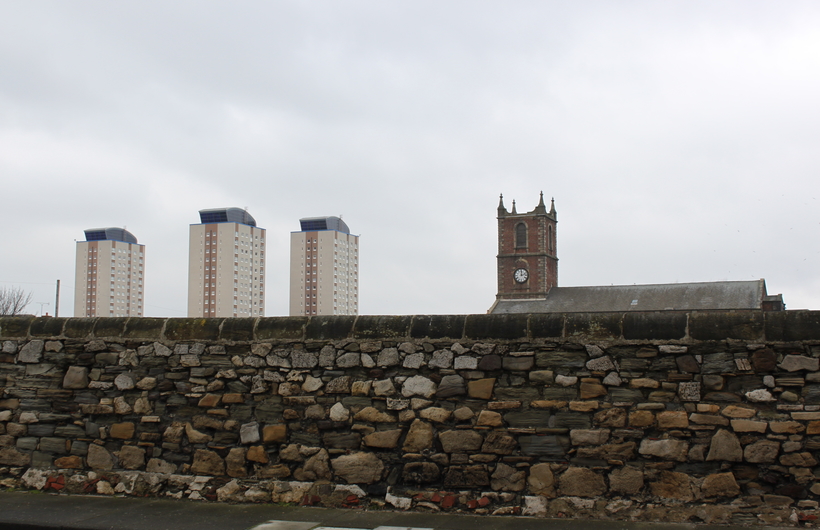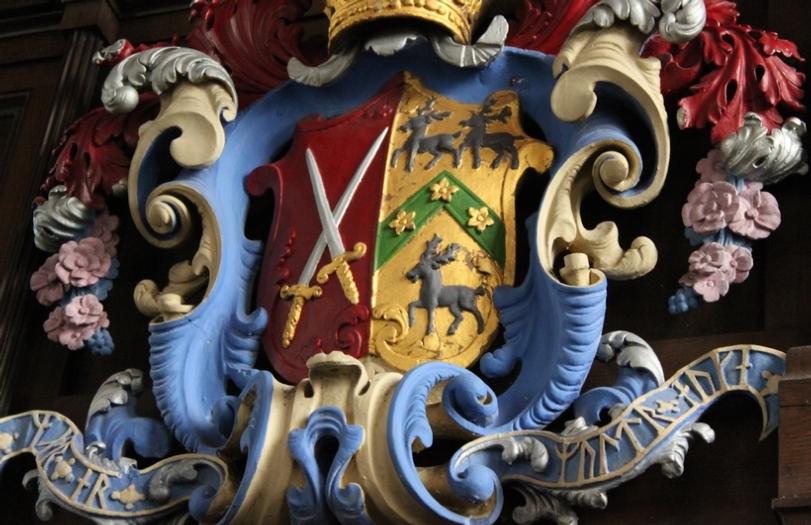Civic pride and Sunderland's heritage
Holy Trinity marks an important development in the history and advancement of Sunderland. By the 1700s, Sunderland was a vibrant and prosperous portal town. In particular, it was notable for its sea coal trade, which furnished ‘great quantity of coals and do employ great numbers of ships yearly in carrying coals…’

Railings at nearby Aged Merchant Seamen's Homes & Distressed Mariners' Almshouses
While local industrial demand was relatively modest, the quantity of coal shipped out of the port approached half a million chaldrons. The main overseas buyers were France and the Netherlands. The latter relied heavily on Sunderland coal, in 1775 taking ‘many thousands of chalders annually, and chiefly from this river’.
By the early 18th century the growing population of Old Sunderland overwhelmed the capacity of the existing parish church of St Michael’s. In 1712, local merchants petitioned to construct a new church. Holy Trinity was built by public subscription and consecrated in 1719.
Holy Trinity was a house of government, as well as faith. The council chambers and magistrate’s court within the church illustrate the importance of the building in civic life. The church also held Sunderland’s first public library and fire station – with the fire cart parked in the main west entrance of the church!

Original library at Holy Trinity
The Act of Parliament giving permission to build the church stated that ‘the gentleman of the vestry’ were in charge of the new parish. This panel of 24 vestrymen was the local authority in the Sunderland for 120 years.
The vestrymen dealt with pressing civic issues, such as health and environmental problems. As a main trading port, Sunderland was the first town in the United Kingdom struck by a cholera outbreak in 1831. The vestrymen responded through a range of novel measures, including the establishment of a health board.

Holy Trinity in today's skyline
Old Sunderland, with Holy Trinity at the heart, continued to thrive until around the 1840s, when the shipbuilding industry went into decline and the town’s centre of gravity moved westwards. Despite this decline, the population continued to expand due to demand for other import and export products and merchants houses around the church were turned into tenements.
Owing to slum-clearances, there are but a few historic buildings left in the east end of Sunderland. The church is very close to the city centre, but is effectively cut off by the inner ring road.
Now, this important building is crumbling under decades of water ingress. Can you help us save it?
Sunderland SOS Donate now
Holy Trinity church, Sunderland is collapsing. It is a Grade I listed building. It is one of just two Grade I early Georgian churches surviving in the northeast of England. It has been on the Heritage at Risk register for several years and has been nominated as one of the ‘7 Most Endangered’ buildings in Europe. Click here to visit the appeal page.

